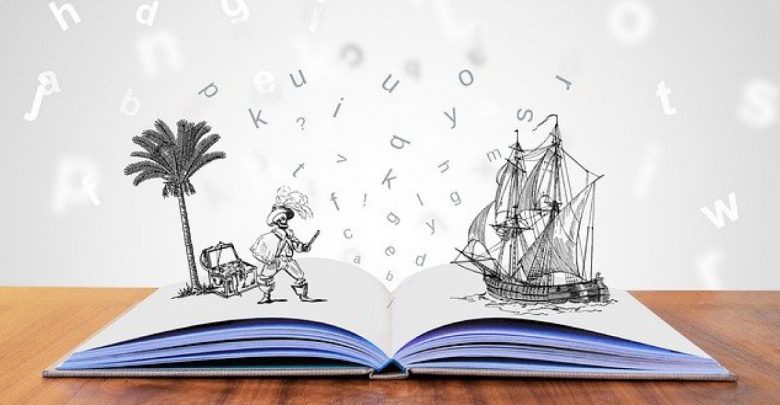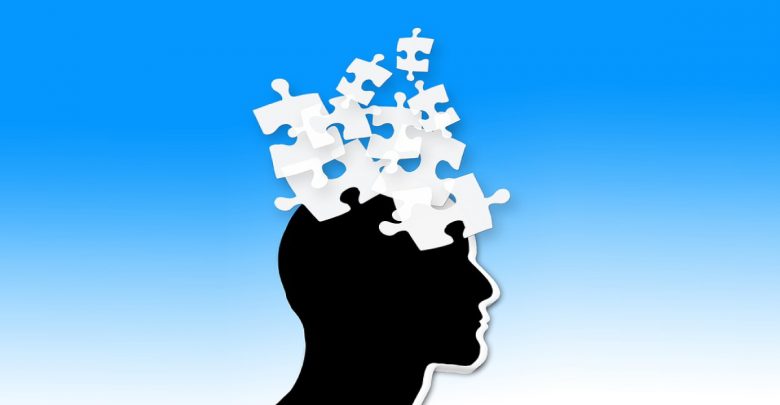needs
-
Introduction Utilizing our talents, becoming good at something is one of life´s most powerful drivers. People can devote their whole lives to perfecting a skill, competence, or an attitude, building a great team or an organization. Helping and supporting your colleagues to become better and develop their talents, and therefore grow as a team, not only makes a difference for…
Read More » -
introduction: In general, a trainer is a curious person who likes to investigate new topics, new themes, to test new methodologies and he/she is very curious about learners. It’s very important keeping the curiosity in the field of non-formal education, investigate the framework, getting passionate about the environment. Learners are fully immersed in the context, they bring their vibes, needs,…
Read More » -
introduction: It is very important to understand that the learners don’t feel at same levels (cognitive and emotional) the sincere interest of the trainer/facilitator toward their needs and their experiences that can become part of the training session too. Content: Trainers play an important role in the trajectory of the learner throughout the non-formal training experience. Positive relationships between learners…
Read More » -
Introduction: Social Learning Theory, theorized by Albert Bandura, posits that people learn from one another, via observation, imitation, and modeling. The theory has often been called a bridge between behaviorist and cognitive learning theories because it encompasses attention, memory, and motivation. Content: Social learning theory explains human behavior in terms of continuous reciprocal interaction between cognitive, behavioral, and environmental influences.…
Read More » -
Introduction: Community catalyzes deep learning and should be a critical consideration when planning physical and virtual learning spaces. Why we conduct education as we do is a puzzling question. How to do it better is a big challenge. For us, the idea that learning should be the primary purpose of education has been a beacon—we might all agree that learning…
Read More » -
Introduction: Stories get the results that other communications can’t. Effective story-telling is a tool that trainers and facilitators could use to better understand what there is behind the group of participants and how to involve them in a meaningful design of training. Content: There’s actually a biological reason why humans are so good at stories. No doubt you’ll have observed…
Read More » -
Introduction: The training development should always be based on learners’ needs and how to full fill them in a significant give way. Based on learners’ needs, we develop the learning objectives of the training and the methods/activities that are functional to their achievements. In the article about the criteria “Knowledge of ways and methods to identify learners’ criteria” we described…
Read More » -
Introduction: A ‘one-size-fits-all’ approach cannot be used for learners in general and especially for those who are at risk of leaving education early, or for those who have already done (so) that or they are living in disadvantaged conditions. They need individualized educational responses. This refers to the content of the learning and the way it is delivered, as well…
Read More » -
Introduction: The training development should always be based on learners’ needs and how to fulfill them in a significant giveaway. Based on learners’ needs, we develop the learning objectives of the training and the methods/activities that are functional to their achievements. When we discuss learners’ needs and methodology for assessing them, we open a wide theoretical and practical chapter that…
Read More »








